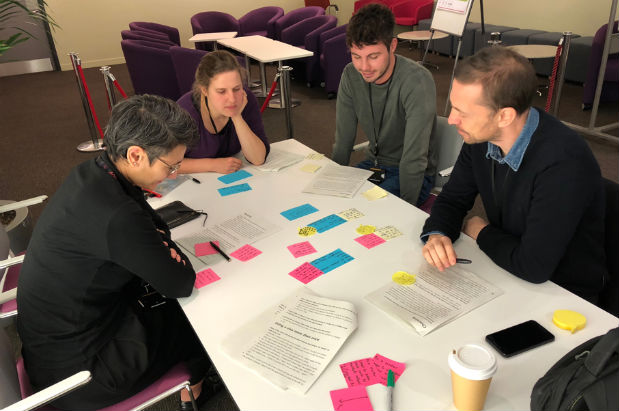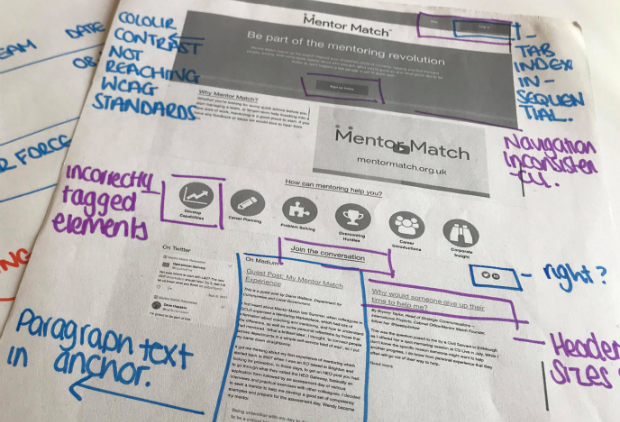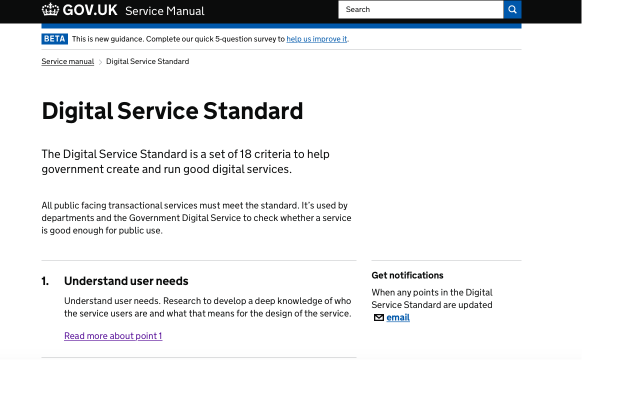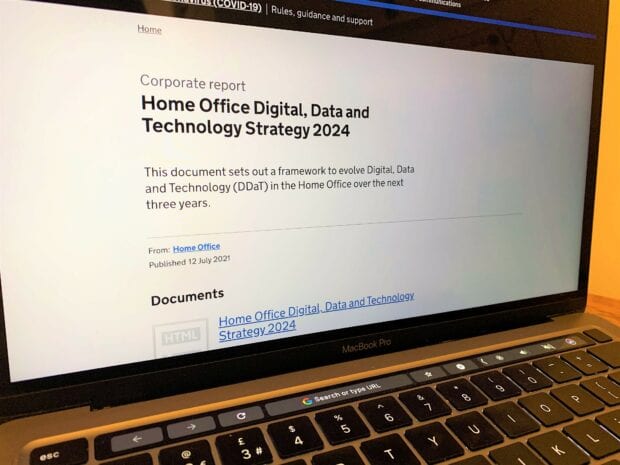Creating common ground with design standards

...they need. The design standards can help guide other professions, for example developers or researchers who might need to be a voice for users in the absence of designers. Remote...

...they need. The design standards can help guide other professions, for example developers or researchers who might need to be a voice for users in the absence of designers. Remote...

...to a world of training. I’ve been offered more opportunities than I can count. For example, I was recommended for the Whitehall & Industry Group’s (WIG) Future Leaders course, which...

I’m a recent interaction design graduate. The course gave me ideas about what path my future career might take, but the idea of designing services for government was something I...

...we can create important digital services that work for users, in a wider context of being value for money and fit for purpose. I trained 22 internal service assessors during...

...at the Yorkshire and Humber Regional Apprenticeship Awards. She’s now up for public vote for the National Apprenticeship Awards 2018 Rising Star of the Year. The Rising Star award seeks...

...most impact for the services we design for you. We want your feedback When I joined the Home Office, I blogged about some of the challenges we face. We’ve made...

...we understand and make the most of what technology can do for us. Connect Conversations are tapping into our colleagues’ curiosity about the potential for digital transformation across the Home...

Home Office Digital, Data and Technology (DDaT) Delivery Managers are accountable for the delivery of products and services, helping teams to select the best ways of working and coaching them...

At the Home Office we have a strategic ambition to make better use of data. We know that good quality data will improve outcomes for the people we serve, while...

...the way we review submissions. For example, we recently conducted usability testing to make the submission form clearer and easier to complete. How our ethics board supports our user researchers...